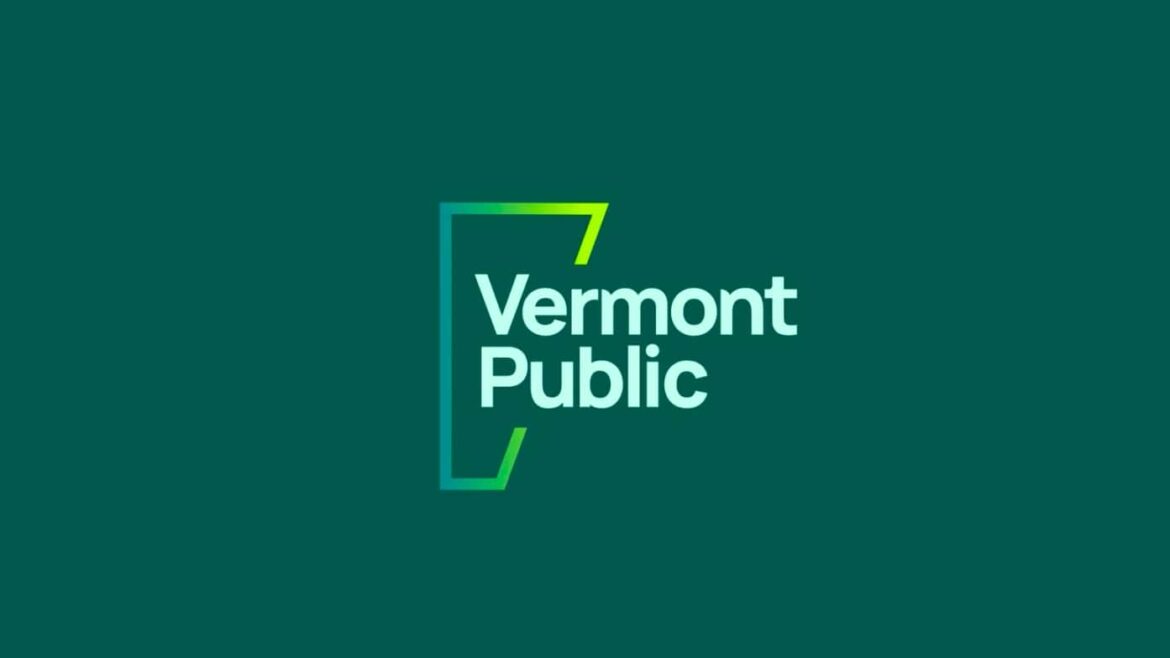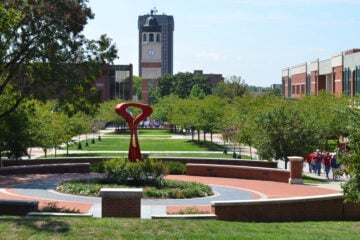Battle of the brands: Vermont Public’s name has some audience members covering their ears

It’s been called “irritating,” “a blunder” and even “stupid.” One listener called it “an affront to our literary senses,” while another said it is “inarticulate [and] ungrammatical.”
The harsh criticism is directed at the new name of Vermont’s public radio and television stations, which consolidated last year under the moniker “Vermont Public.” In opinion pieces and letters to the editor published in at least five different local newspapers, dissenters have said the name doesn’t mean anything. They’re pining for the word “media” or “broadcasting” to be attached to it.
But President and CEO Scott Finn said the name was a very intentional choice, arrived at after two years of discussion.

“It indicates that we do more than radio and TV alone, and even more than just media, too, by the way. We do live events. We partner with the community. We do a lot in education,” Finn said. “Vermont Public does a better job of indicating all of the ways that we are serving, and seek to serve, the region.”
Finn said there were also copyright concerns around the name “Vermont Public Media,” as it would have been shortened to VPM, which Virginia Public Media already uses.
“The final thing is, [Vermont] Public puts our audience and our community front and center,” he said. “We’re not just a resource for the public, but we’re supposed to be making content with the public.”
Pushback on the new name has been limited, he said, and has primarily come from radio listeners. The radio half of the organization had used Vermont Public Radio as its name since its founding in 1977. Longtime listeners are “mourning the loss of a name that’s familiar to them,” said Finn.
Some of the criticism appears to be tongue in cheek, with one opinion writer calling it “the biggest radio disaster since the burning of the Hindenburg. … As for Vermont Public, the missing word seems like something caught on the tip of the tongue, dangling. That moment makes seniors anxious.”
Other ‘Public’s
Vermont Public isn’t the first organization to adopt such a name. Prairie Public, which comprises dozens of television and radio stations across North Dakota, made the switch in 2006. Maine Public followed suit in 2016. (Connecticut Public did not respond to an interview request for this story.)
Prairie Public’s director of radio, Bill Thomas, said the only pushback he or anyone else recalls hearing came from within the organization.

“That was just a feeling that the name was not descriptive enough and that, you know, it could be an insurance company or whatever,” Thomas said.
The rationale for the name was similar to Vermont Public’s: It came on the heels of a radio and television consolidation, and it was meant to recognize that the organization does more than create content.
“We also have an education department that works with schools, and we do public events,” Thomas said.
Cory Morrissey, chief business development officer at Maine Public, said he’d expected “Maine Public Media” to win the day when the organization was considering new names post-consolidation.
“The survey work we did [showed] that our audience had a very negative view of the term ‘media,’” Morrissey said. “I think for people that conjured up the word ‘mass media,’ so it didn’t seem very local.”
Morrissey said the organization did hear from people confused about the new name when they first unveiled it, but that most have accepted it and moved on.
“Now I will go to events and people will still refer to us as WCBB,” he said, referring to the call letters of the public television station in Augusta. “I think that’s kind of the wonder of public broadcasting, is that people feel an allegiance.”
Morrissey said younger audience members typically don’t bat an eye at the name, and overall the audience has embraced the brand.
Finn said that’s also happening in Vermont, even if some detractors have been particularly vocal about their dissatisfaction. The name is geared toward the future of the organization, not its past.
“We’re hoping that by joining together and coming out with this new name, that we’re going to signal that we’re reaching out to new audiences who may never buy a radio or will never subscribe to cable while continuing to serve our existing audience,” Finn said. “That’s the goal.”







Three things worth noting:
First: while growth has plateaued as of late, the explosion of smart speakers onto the scene a few years ago has meant that a major way people are consuming public radio content in the home is via a smart speaker…and smart speakers often cannot parse these annoyingly vague brand terms. This is why call letters are still the best way to go: they are unique to your outfit and there’s over a century of ingrained institutional knowledge and systems surrounding call letters as a quick, easy, and definitive way to identify a given broadcast outlet.
Second: this “catering to the future” attitude shows a marked lack of awareness of the media landscape. Trust in mass media is at an all-time low, and it’s like that primarily due to the explosion of cheap disinformation machines on the web and in social media. Meanwhile “radio” still has enormous cache across numerous generations. Even younger generations who have a skewed (or flat out *wrong*) mental image of what “radio” actually IS, they still think the name conveys greater trustworthiness. Public radio’s greatest asset is often its most overlooked one: the high levels of trust it has with its listeners.
Third: for god’s almighty sake STOP TRYING TO MASH TOGETHER PEANUT BUTTER AND LOX INTO THE SAME SANDWICH. Radio is radio and TV is TV. They are completely different media with different audiences, different consumption patterns, different giving dynamics, and different content styles. There’s a reason why TV didn’t become viable until it stopped being “radio with pictures”, and it’s the same reason a peanut butter sandwich is yummy, and a lox bagel sandwich is yummy, but mixed together they are a hideous, disgusting, abomination before the Lord. It utterly astounds me how public broadcasting STILL hasn’t learned what our commercial brethren figured out in the 1990’s almost thirty years ago: each broadcast content stream MUST choose one audience to serve and it MUST stand on its own merits. You can’t mix-n-match. Separate content. Separate branding. Separate customer interactions/service. If a commercial outfit owns five stations in a market, do listeners care that they’re listening to a station owned by the parent organization? No, of course not. They care about the music and DJ’s on their favorite one or two, maybe three, stations.